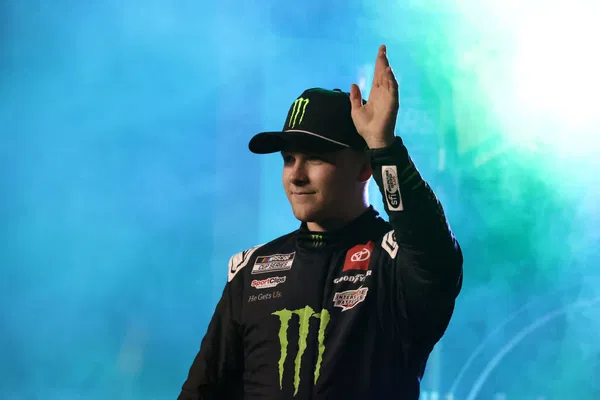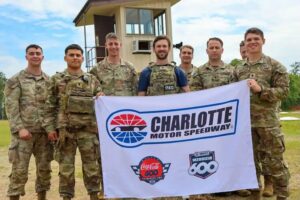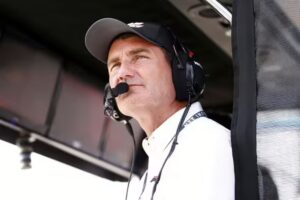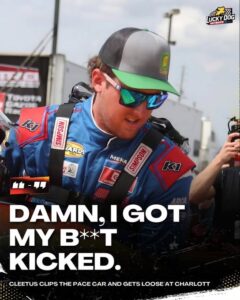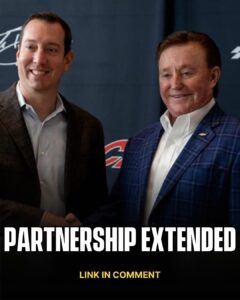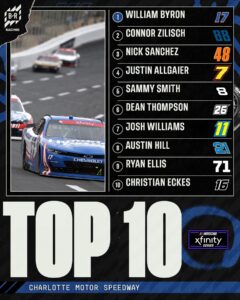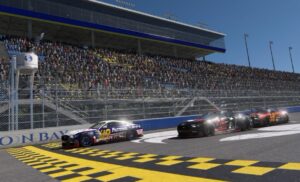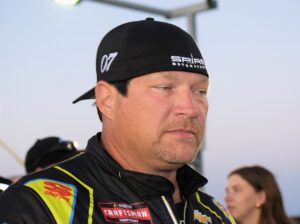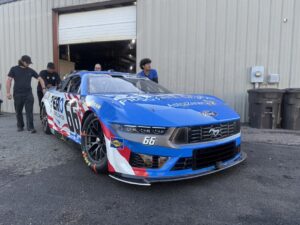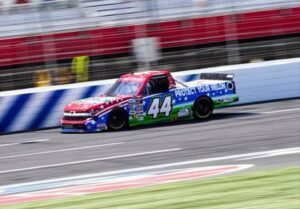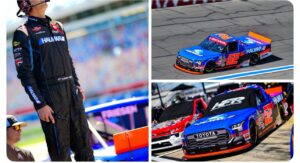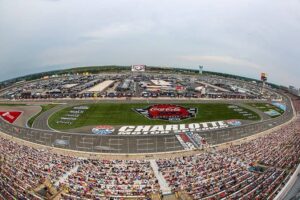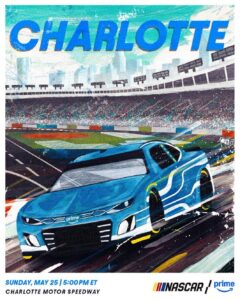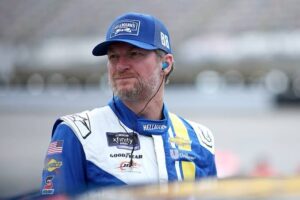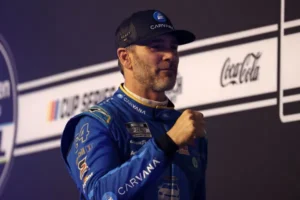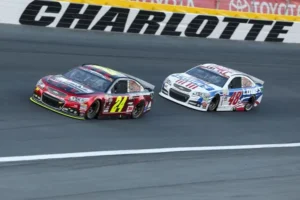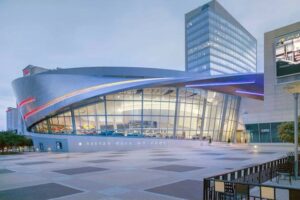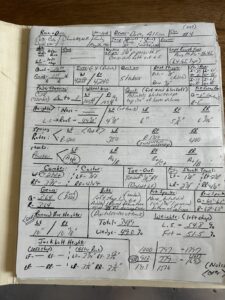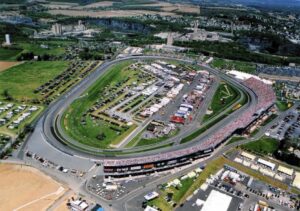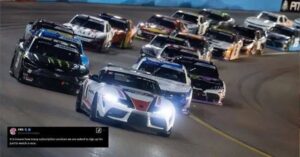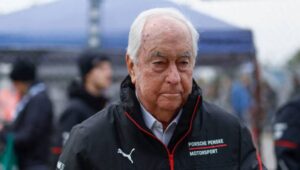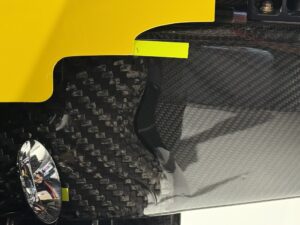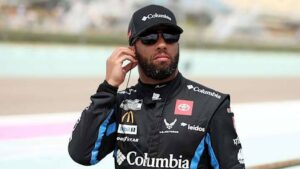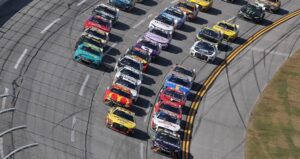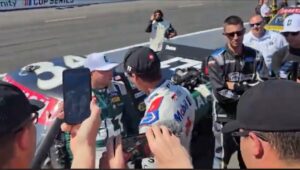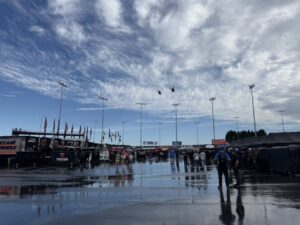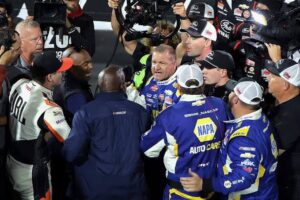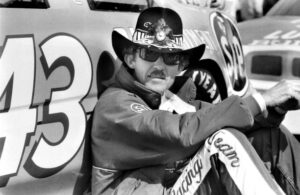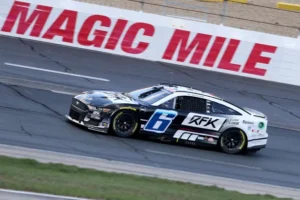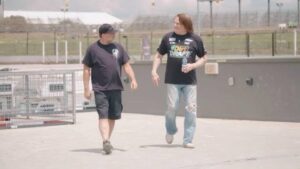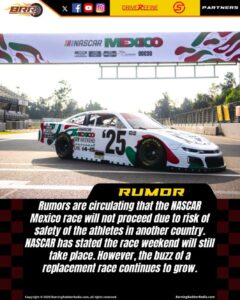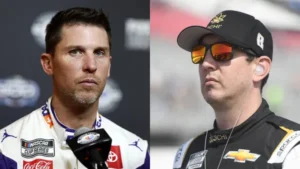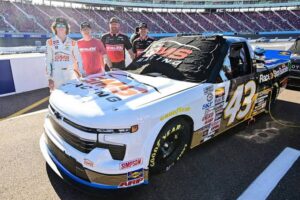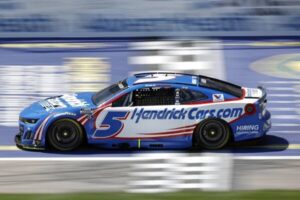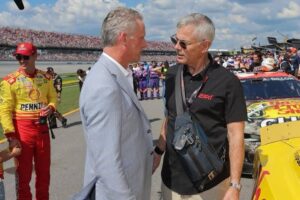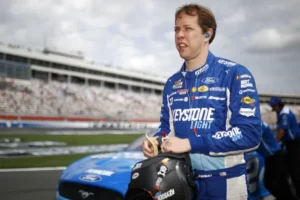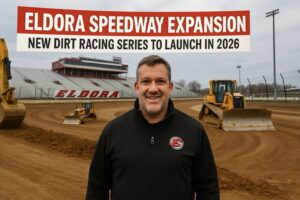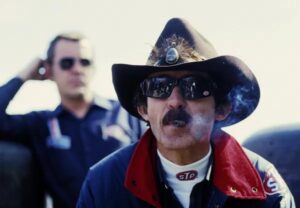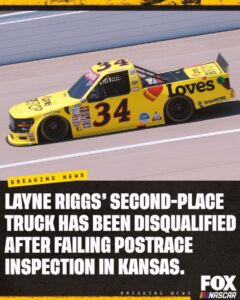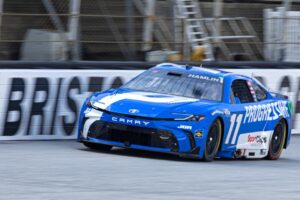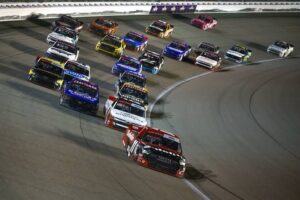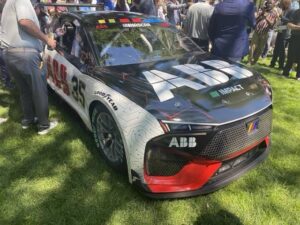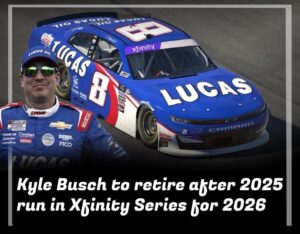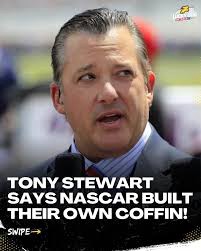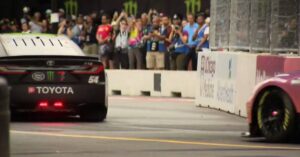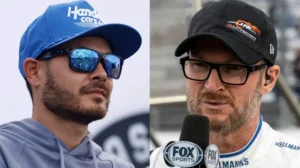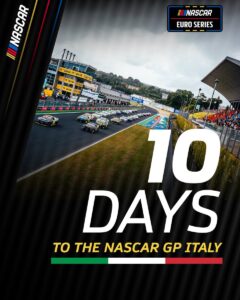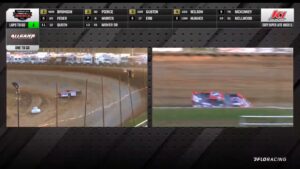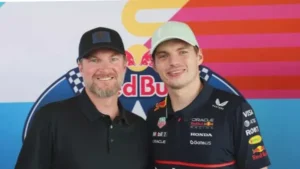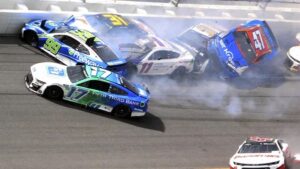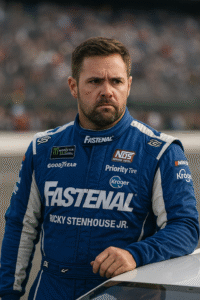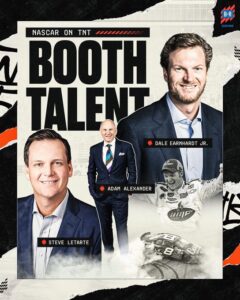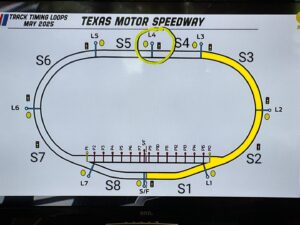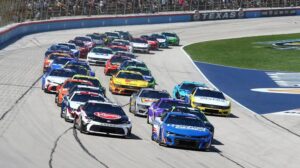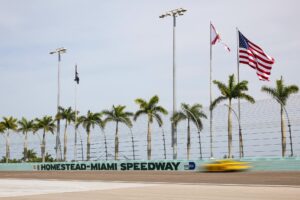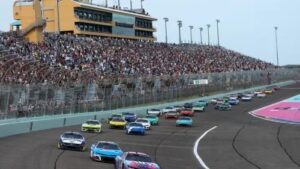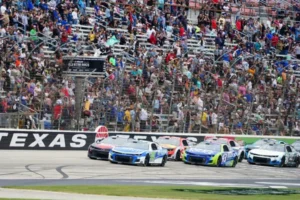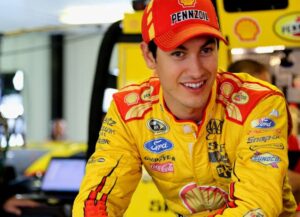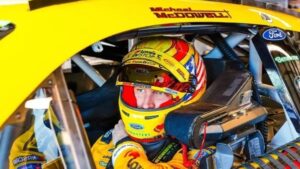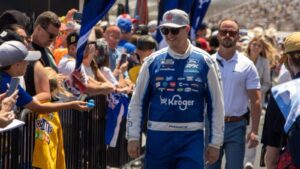BRISTOL, Tenn. — Rising NASCAR star Ty Gibbs has voiced skepticism regarding NASCAR’s decision to apply the so-called ‘Atlanta Treatment’ to Bristol Motor Speedway, questioning the efficacy of replicating strategies designed for a superspeedway on the iconic short track. His concerns come despite his extensive experience racing on surfaces treated with PJ1, a traction compound used to enhance multi-groove racing.
What Is the ‘Atlanta Treatment’?
In 2022, Atlanta Motor Speedway underwent a dramatic reconfiguration, with its banking increased to 28 degrees and the racing surface narrowed to promote high-speed, pack-style racing akin to Daytona or Talladega. The overhaul, paired with strategic use of PJ1, aimed to boost competitive racing by encouraging drafting and side-by-side action. While the changes divided fan and driver opinions, NASCAR now appears to be borrowing elements of this approach for Bristol—a 0.533-mile concrete bullring with existing 24–28-degree banking.
Bristol’s PJ1 Puzzle
Bristol has long grappled with balancing its signature high-banked, high-intensity racing with modern tire and car dynamics. In recent years, NASCAR has applied PJ1 to the upper groove to create a second racing line, mitigating the dominance of the bottom lane. However, results have been mixed, with the compound sometimes failing to activate optimally, leading to single-file racing.
Gibbs, who has raced on PJ1-treated tracks across the NASCAR Xfinity and Cup Series, argues that Bristol’s unique layout may not respond well to strategies tailored for Atlanta. “PJ1 can be hit or miss depending on the track and conditions,” Gibbs noted. “Bristol’s concrete surface and tight corners react differently than asphalt intermediates. Forcing a superspeedway-style package here feels like a square peg in a round hole.”
Gibbs’ Credibility and Concerns
The 21-year-old Joe Gibbs Racing driver’s skepticism stems from hands-on experience. At tracks like Texas and New Hampshire, PJ1 applications have either revitalized racing or created unpredictable tire wear. Gibbs emphasized that Bristol’s abrasive surface and high banking already generate natural tire fall-off, a hallmark of its drama. “We don’t need to over-engineer it,” he said. “If the PJ1 isn’t applied right or the track changes too much, we could lose what makes Bristol special.”
NASCAR’s Rationale and Reactions
NASCAR’s move signals a desire to address recent complaints about Bristol’s racing product, particularly after 2023’s spring race saw limited passing. However, not all drivers share Gibbs’ reservations. Defending Bristol winner Chris Buescher acknowledged the challenges but expressed optimism: “NASCAR’s trying to adapt. If this helps the longevity of the second groove, it’s worth testing.”
The Bigger Picture
The debate underscores a broader tension in NASCAR: balancing innovation with tradition. While Atlanta’s reconfiguration was a drastic experiment, Bristol’s identity as a “racers’ track” hinges on its raw, unaltered intensity. Gibbs’ critique highlights the risk of homogenizing track characteristics in pursuit of entertainment.
As the Cup Series heads to Bristol for its September night race, all eyes will be on whether the ‘Atlanta Treatment’ delivers thrilling side-by-side action or undermines the track’s old-school appeal. For Gibbs, the proof will be in the pavement: “I’ll race whatever they give us, but Bristol shouldn’t need gimmicks. Its history speaks for itself.”
Follow for updates as NASCAR gears up for the Bass Pro Shops Night Race at Bristol Motor Speedway on September 16.
